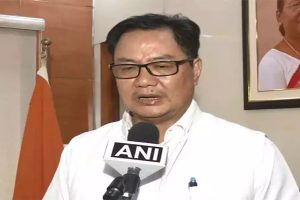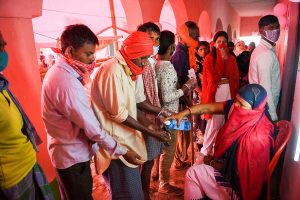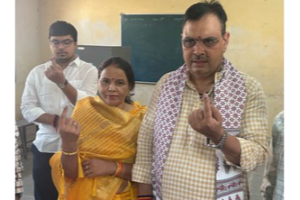While it is reassuring to notice a downward curve in Odisha’s hitherto unsteady coronavirus graph, it is cause for alarm that the dreaded ailment has afflicted the so-called Particularly Vulnerable Tribal Group (PVTG) which inhabits the inaccessible terrain of Nuapada district. Small wonder that the state’s public health experts are shaking their heads in disbelief as they flounder in search of the source of the infection.
Acutely affected are the Chuktia Bhunjia group of tribal settlers, who are among the 13 PVTGs in the state. The residents of the panchayat areas inside the Sunabeda wildlife sanctuary have tested positive. The health authorities are bamboozled as the afflicted are no strangers to the concept of social distancing. Residents of the subaltern belt in Odisha, a predominantly rural state, live in total isolation with little or no connection with society or the world at large.
It is virtually impossible to convince the tribal population of the imperative of diagnostic investigation, let alone the dire necessity of vaccines. Out of an estimated 3000 Chuktia Bhunjia tribals, barely 100 could be tested thus far and after considerable persuasion. The afflicted segment, and not merely in Nuapada district, have been advised to take medicines and stay at home in isolation. But the health department’s appeal has had little or no effect.
What will they know of isolation and vaccines who only know of community labour? It has become impossible to convince tribals of the dire need to break what physicians call the “chain of infections”. In consequence, infections are spreading at an alarming rate in Odisha’s subaltern belt. To that can be added the grinding poverty that has made medical care virtually unaffordable for many, if not most.
It thus comes about that none of the settlers could be administered the Covid vaccine “despite the state government’s best efforts”. Yet another PVTG segment, specifically the Dongria Kondhs of Rayagada district, have seen 136 settlers contracting the disease. A calculated 36 per cent have tested positive. Mercifully, an estimated 834 of the 10,000 Dongria Kondhs, who inhabit 98 villages of the district, have been vaccinated by the district administration.
Afflicted no less are the Bondas of Malkangiri district, also integral to the tribal group in the wider canvas. A small fraction of this segment has been vaccinated after prolonged counselling and sensitisation of the region that they inhabit. Indeed, the spread of coronavirus among tribals is in distressing contrast to the narrative last year when primitive tribes were unaffected by the first wave.
Sociological studies have shown that the lack of exposure and traditional habits had acted as a shield. While Odisha battles Covid in the developed cities of Bhubaneswar, Cuttack and Rourkela for example, conditions in the subaltern belt are frightfully dismal. If this is the situation in a reasonably welladministered state, we must wonder how bad things must be in tribal areas of other states.











